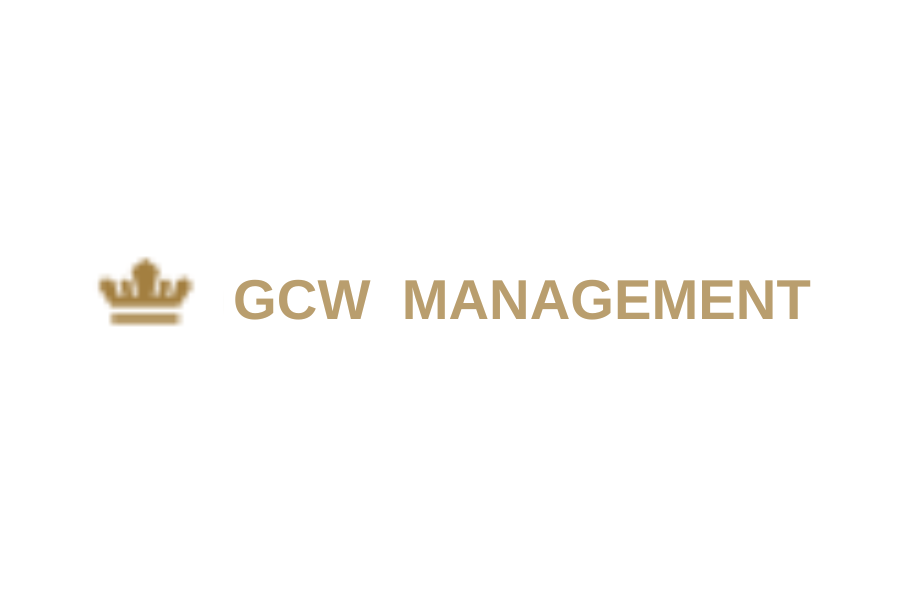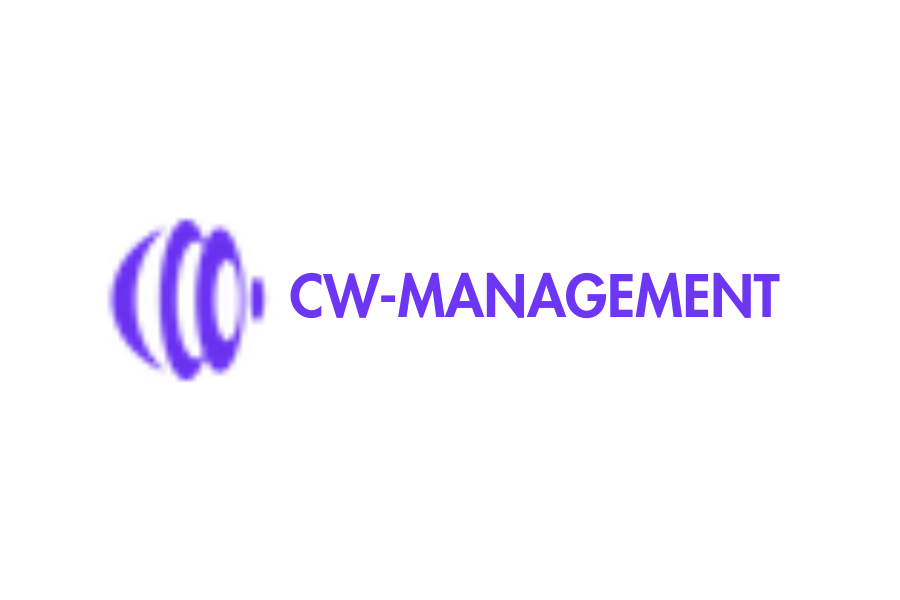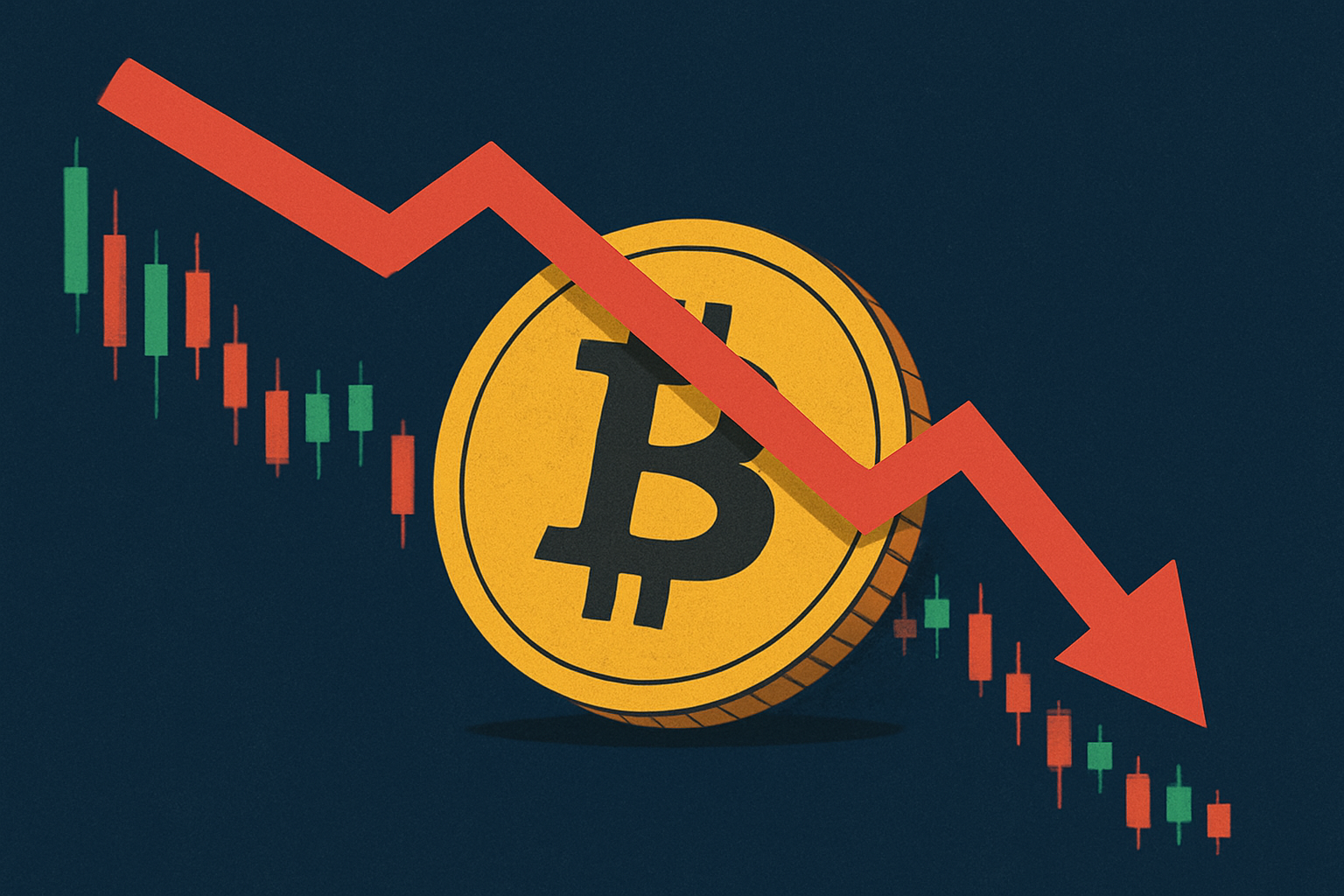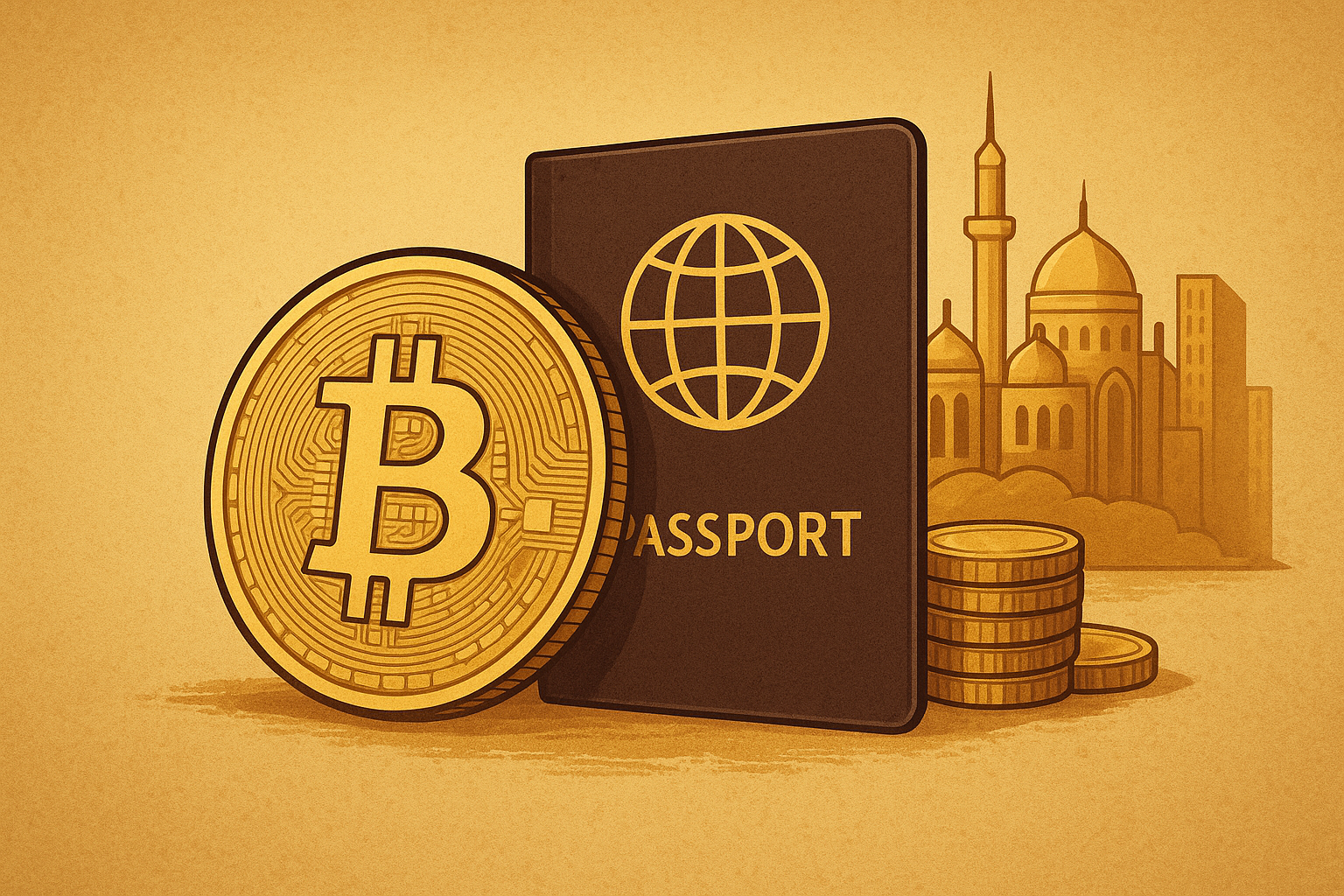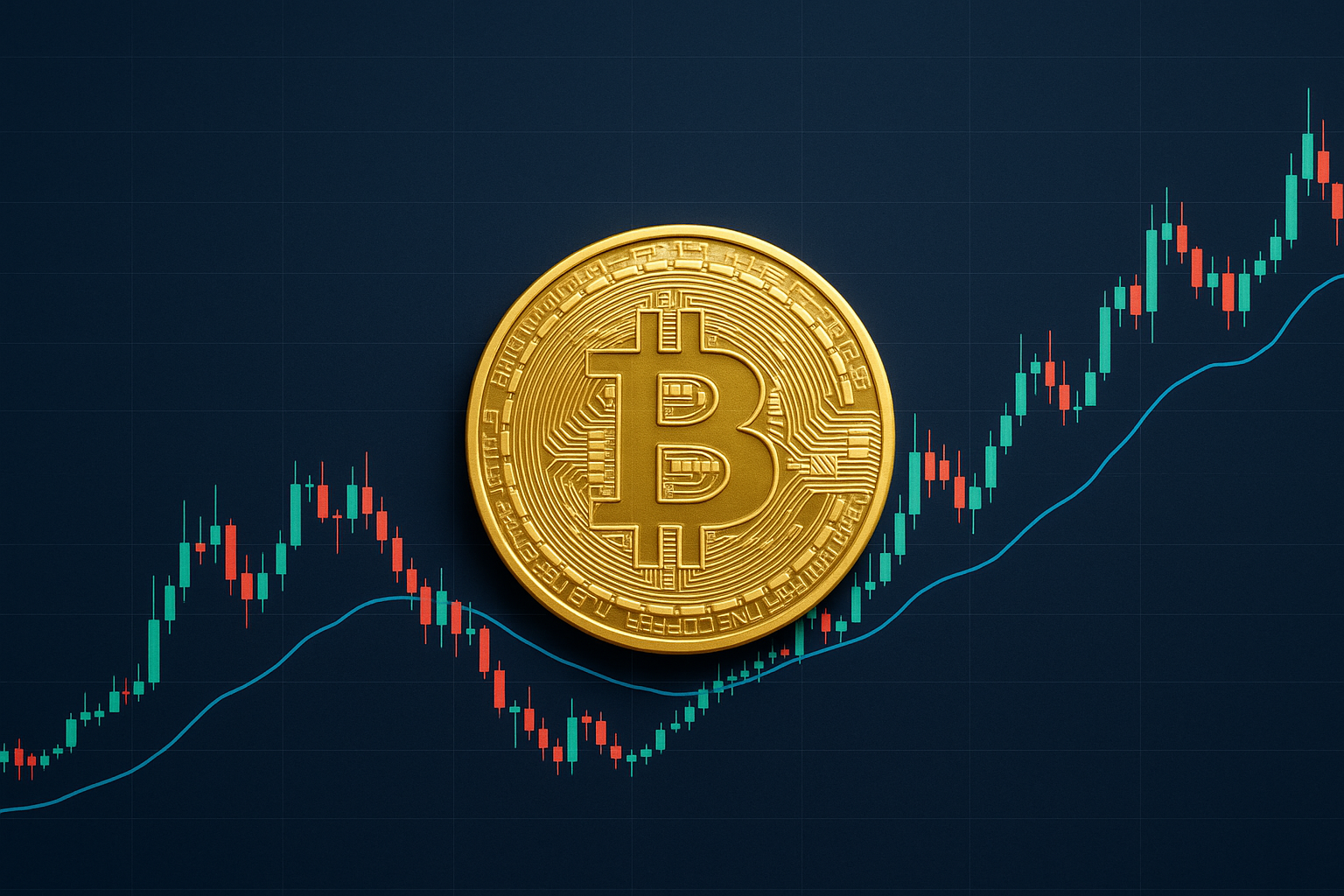Introduction
In a major development that underscores both the maturity of the digital assets industry and a broader trend toward regulatory acceptance, Circle Internet Financial, the issuer of the USD Coin stablecoin, has revealed its preparations for an initial public offering. The move is seen as not only a financial strategy but also a symbolic milestone in crypto’s evolution into a regulated and institutionalized sector of the global financial system. While Circle has previously hinted at going public in earlier years, recent policy shifts and market momentum now offer the most fertile ground yet for the company to make a public debut.
Circle’s decision arrives at a time when regulatory clarity around digital assets has significantly improved. Over the past year, the US Securities and Exchange Commission and other regulatory bodies have provided more defined frameworks for stablecoin issuers, exchanges, and tokenized assets. These changes, while still evolving, have fostered an environment that favors transparency, investor protection, and innovation.
Understanding Circle’s Business Model And The Role Of USDC In The Crypto Ecosystem
Circle operates one of the largest stablecoins in the market, USD Coin, which has grown to become a central pillar of the decentralized finance ecosystem. USDC is a fiat-backed stablecoin, meaning each token is backed 1:1 by US dollars or short-term government securities held in reserve. This mechanism ensures price stability and makes USDC a preferred digital asset for payments, remittances, trading, and decentralized finance protocols.
The token has gained increasing adoption not just among crypto traders, but also with institutions that require dependable price stability and seamless cross-border transfers. From high-frequency trading to payroll services and interbank settlements, USDC is seeing usage beyond speculative use cases, gradually cementing its utility in real-world applications.
Circle earns revenue primarily through the interest income on the reserves backing USDC and through service fees tied to its APIs and enterprise-grade financial tools. With a steady rise in USDC circulation over the years, these revenue streams have grown considerably, making Circle’s business model more attractive to public market investors seeking exposure to fintech and blockchain convergence.
A Look Back At Circle’s IPO Timeline And Previous Hurdles
This is not the first time Circle has aimed for a public listing. The company had previously announced plans to go public via a Special Purpose Acquisition Company, or SPAC, in 2021. However, that deal was eventually scrapped due to regulatory uncertainty and broader volatility in the crypto markets, particularly following the collapse of multiple high-profile firms in 2022 and 2023, including FTX and Celsius.
The implosion of these companies prompted a regulatory crackdown and a loss of investor confidence in the broader crypto ecosystem. These events had a chilling effect on IPO plans across the industry, not just for Circle. However, since 2024, the regulatory tone has shifted dramatically. Major enforcement actions have been settled, new legislation such as the Stablecoin Clarity Act has passed through the US Congress, and oversight responsibilities have been more clearly delineated among regulatory bodies.
With these developments, the environment today is far more conducive to public listings in the crypto space, especially for companies like Circle that have prioritized compliance and transparency from the beginning.
Why Is The Timing Right In 2025 For Circle’s IPO?
Several factors have converged to make 2025 an ideal year for Circle to go public. Firstly, the crypto market has staged a strong recovery over the past twelve months. Bitcoin recently surged past $87,000, institutional interest is growing, and crypto-native venture capital is again flowing at near-record levels. This renewed optimism has also lifted companies with strong fundamentals and credible business models.
Secondly, the legislative landscape is improving rapidly. Stablecoins are no longer in the regulatory gray area they once occupied. New guidelines from the SEC and the Commodity Futures Trading Commission now provide clear rules around issuance, redemption, reserve management, and investor disclosures. Circle, which has always taken a proactive stance on compliance, finds itself in a strong position to leverage this clarity to its advantage.
Lastly, macroeconomic conditions are relatively favorable. With inflation under control, interest rates stabilizing, and equity markets regaining momentum, public investors are showing renewed appetite for technology and fintech listings. Circle’s planned IPO is being interpreted not just as a singular corporate move, but as a potential bellwether for the next era of digital asset legitimacy.
Circle’s Regulatory Readiness Sets It Apart From Competitors
Unlike many of its peers, Circle has built its operations with a strong emphasis on regulation from the outset. The company is licensed as a money transmitter in numerous U.S. states, has filed regular attestations of reserves, and works closely with regulators in the U.S., Europe, and Asia. In contrast to algorithmic stablecoins or decentralized alternatives that have been scrutinized for lack of oversight, Circle’s model is seen as safer and more aligned with traditional financial frameworks.
Circle’s proactive compliance strategy has earned it partnerships with traditional financial institutions, including BlackRock and BNY Mellon, which manage portions of USDC’s reserves. It has also collaborated with payment networks like Visa and Mastercard to explore blockchain-based cross-border settlement mechanisms. These alliances, combined with Circle’s long-standing commitment to regulation, make it a natural candidate for a successful IPO.
What Circle’s IPO Means For The Broader Crypto Industry?
Circle’s decision to go public could have ripple effects across the entire crypto and fintech ecosystem. Firstly, it will test public investor appetite for blockchain-native firms in a regulated environment. If Circle’s IPO is successful, it could encourage other well-capitalized crypto firms—such as Ledger, Chainalysis, or even Coinbase’s stablecoin partner Paxos—to consider their own public listings.
Secondly, Circle’s IPO could accelerate the integration of crypto into mainstream finance. A publicly listed Circle will likely face additional transparency and disclosure requirements, which could further legitimize USDC and boost its adoption among banks, fintech firms, and payment processors. This could eventually lead to broader acceptance of stablecoins as a bridge between the traditional financial system and the world of decentralized finance.
Finally, the IPO could act as a benchmark for crypto asset valuation in public markets. By observing Circle’s market cap, revenue multiples, and trading behavior post-IPO, investors and analysts will have a valuable reference point to assess other blockchain-based business models.
Risks And Challenges Ahead
Despite the optimism, Circle’s path to becoming a public company is not without risk. The crypto market, while recovering, remains volatile. A sudden downturn could negatively impact sentiment and affect IPO pricing. Moreover, even with new laws in place, the regulatory framework is still in flux. Any future changes in how stablecoins are taxed, classified, or audited could introduce complications.
There is also the matter of competition. While USDC is among the most popular stablecoins, Tether’s USDT still dominates in terms of global circulation. Other challengers, including algorithmic stablecoins and central bank digital currencies (CBDCs), could pose future threats to Circle’s dominance in the space.
Circle will need to continue innovating, maintaining trust, and proving its value proposition not just to crypto natives but also to institutional players who demand enterprise-grade reliability.
Conclusion
Circle’s upcoming IPO could mark a watershed moment for both the company and the crypto industry at large. It represents the convergence of fintech, regulation, and decentralized infrastructure in a manner that was once considered improbable. If successful, Circle will not just raise capital — it will also elevate the legitimacy of stablecoins and strengthen the bridge between traditional finance and the blockchain world.
More importantly, Circle’s IPO is likely to reinforce the idea that regulatory alignment and transparency are not just optional ideals in the crypto space — they are prerequisites for growth and institutional acceptance. In a world where digital assets are increasingly becoming part of everyday finance, Circle is positioning itself to be a leading force in that transformation.
As investors, regulators, and crypto stakeholders await further updates, one thing is clear — Circle’s move from a private fintech innovator to a publicly traded company will be closely watched as a barometer of where the industry is heading.







